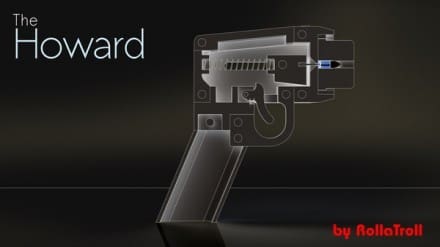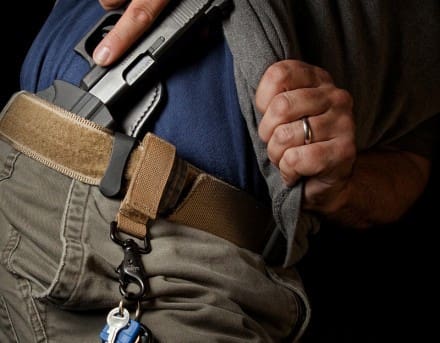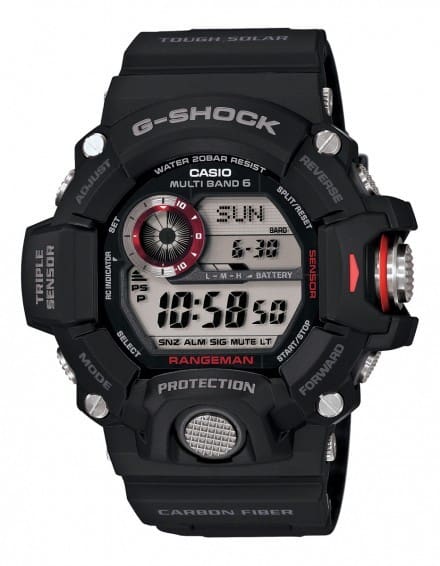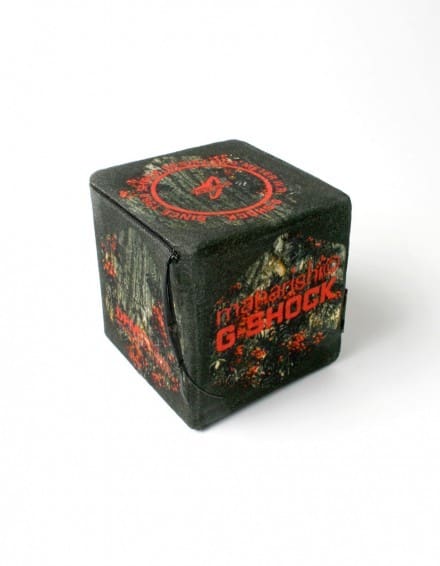There was a time, just a few months ago, where the main stream media was almost hysterical over the possible threat posed by these home made firearms that can be more difficult to detect due to their polymer construction. Patterns for 3D printed firearms continue to roll out at a regular pace. For example, plans for the 9×19mm Parabellum Howard Pistol (after ex Australian PM, John Howard) by RollaTroll were recently released on the 3D CAD file sharing site, DEFCAD.

But as 3D printing becomes more and more mainstream, will it be “too late” for lawmaking bodies to control this intellectual frontier? Just this past summer, designers created a 3D printed house in Amsterdam.

Internet ethicists continue to ponder whether 3D printers will become so commonplace that the genie can’t be stuffed back in the bottle or, whether the roll out will be throttled as means are developed to control the technology. And, we consider how will intellectual property laws affect their deployment into the marketplace? In the end, this may be the ultimate threat to widespread use of this phenomenon that shifts manufacturing to small workshops and eventually into the home. Although, the moral dilemma remains. Not only could printers pump out illicit goods but also counterfeit versions of patented technologies. Based on what we’ve seen regarding recorded music and film, could hardgood manufacturers be far behind as their market transforms before their eyes?

























































































































